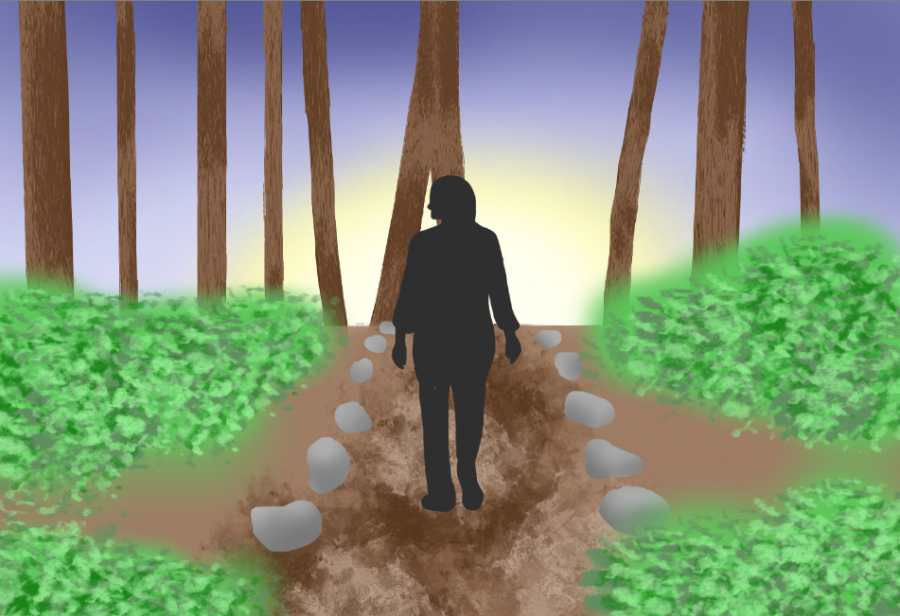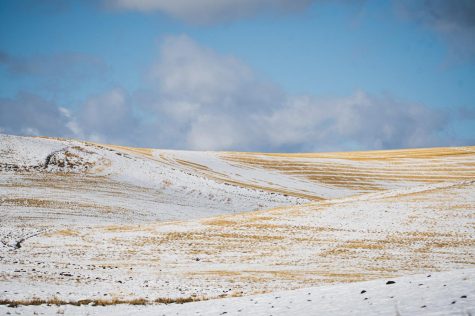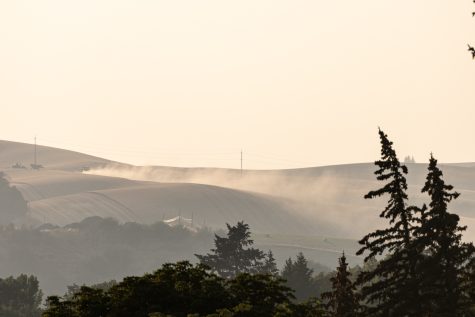- Environment
- Features
- Local
- News
- Pullman Community
- Research
- Research
- Sociology
- TOP FEATURES
- WSU Pullman campus
Environment, neighborhood characteristics affect people’s longevity, researchers say
Higher percentage of working-age people, diverse neighborhoods associated with living longer
Walkability is correlated to a person’s likelihood of living to 100 years old, according to a study conducted by WSU researchers.
July 1, 2020
Factors such as neighborhood walkability and socioeconomic status are correlated to a person’s likelihood of living to 100 years old, according to a study conducted by WSU researchers.
It is more likely for people to live to 100 years old if they are female, white or live in areas where there is a higher percentage of people who are of working age, which is 18-65, said Rajan Bhardwaj, third-year medical student.
The researchers looked at Washington’s mortality data from 2011-2015. They looked at the factors that affect whether people who are already 75 will reach 100 years of age, said Ofer Amram, assistant professor for WSU’s Elson S. Floyd College of Medicine.
While prior longevity research has focused on individual characteristics, such as education, gender or socioeconomic status, this research looked at neighborhood and environmental characteristics, Bhardwaj said.
Amram said they looked at the neighborhood and environmental characteristics of locations where people lived when they died. The location of death was included in the mortality data used by the researchers.
Population diversity and a neighborhood’s socioeconomic status were two characteristics studied, he said. More diverse neighborhoods with a higher socioeconomic status and more walkability are correlated with a higher likelihood of longevity.
“We think that more walkable neighborhoods allow people easier access to things like public transit, healthy food, clinics and hospitals,” Bhardwaj said, “and also allow them to walk and bike, which is great for physical activity.”
A higher socioeconomic status is related to healthier lifestyle choices, better ability to afford health interventions and better social connections, he said.
Higher percentages of people who are of working age are typically seen in urban neighborhoods, which are associated with greater longevity, Bhardwaj said.
“We think that areas with greater age diversity have greater services for the elderly and social support,” he said.
While the researchers only used Washington data to do their research, Amram said, the findings are applicable to other populations.
Additionally, the results they found, especially when it comes to socioeconomic status and neighborhood walkability, also apply to younger age groups, he said. For example, other research shows that the more walkable someone’s neighborhood is, the healthier they are.
“If we look at the variables that we found that were correlated with longevity, like walkability and age diversity, those are things that can be addressed by policymakers so that we have a much healthier population,” Bhardwaj said. “For the disparities, we found in socioeconomic status and race, there’s a lot of things that go into why those exist that we should address.”

















